Haworthia Cooper: characteristics, planting and care features
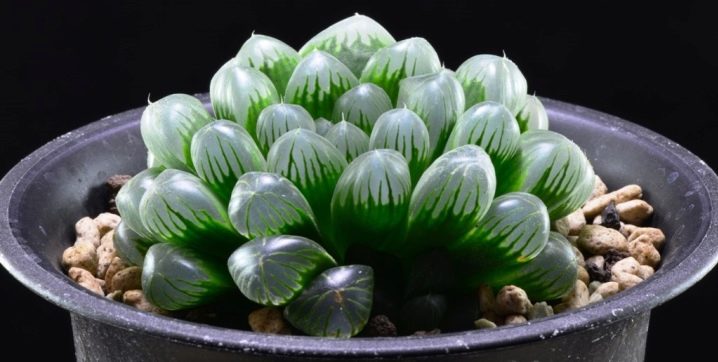
The miniature succulent plant Haworthia Cooper, often called truncata, consists of several rosettes and reaches a length of 7-8 cm. The leaves are short and fleshy, slightly transparent at the tips. With the help of such a transparent "window", the plant absorbs light. The stem of the plant is either short or absent, and the plump leaves provide the plant with a supply of water.
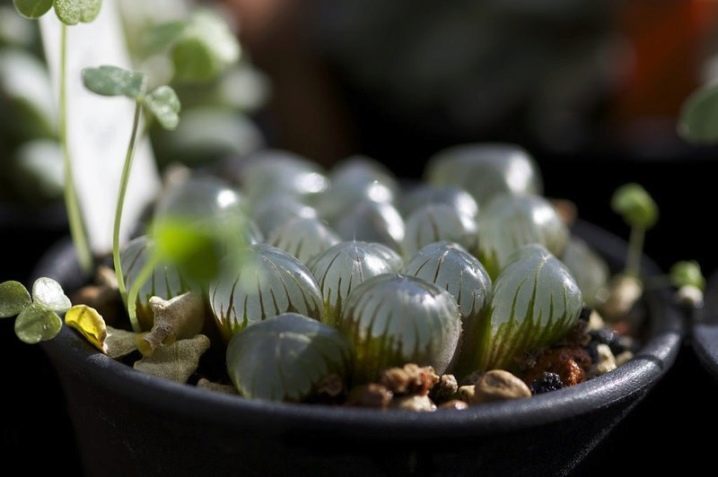
The plant is quite unpretentious, and therefore very popular, in part due to its unusual appearance. For this, the trunkata is often called the "living stone". Many gardeners include this plant in a variety of landscaping designs.
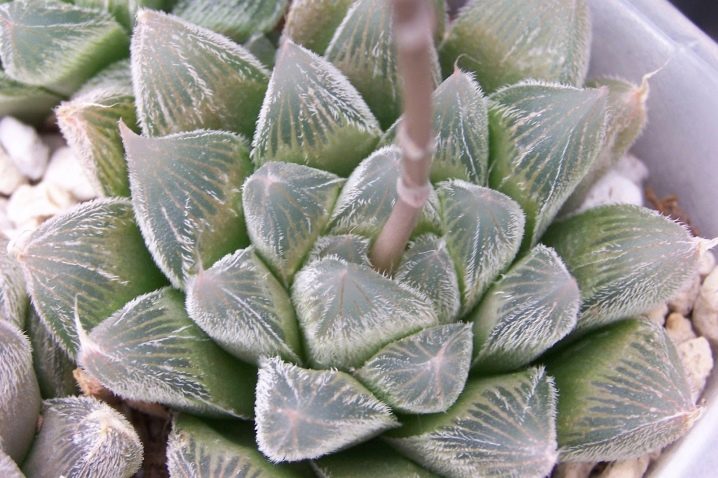
Planting and breeding rules
Haworthia Cooper is not too capricious in terms of planting, so there are many ways to plant it. It is planted with side shoots, babies, a leaf and, of course, seeds.
It is necessary to plant cooper's haworthia in small round pots. Flatter options with good drainage should be preferred. You should not plant the plant in square pots, because the trunkata does not like excess water, and if the soil is too wet, the leaves begin to rot.
For planting a plant, a special soil for succulents is usually used. But the best option would be to make the soil by hand. For production, it is necessary to mix sand, clay-sod and leafy soil, and so that excess moisture does not linger in the soil, it is necessary to add a substance with an absorbing effect, for example, brick chips.


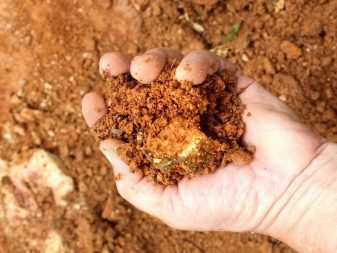

The preparation of the pot for planting the trunkata must also be carried out in accordance with the rules. A drainage mixture is poured onto the bottom of the pot, then it is sprinkled with a small amount of soil, a shoot is placed in the center, then it is completely covered with soil and watered. The soil needs to be pressed down a little.
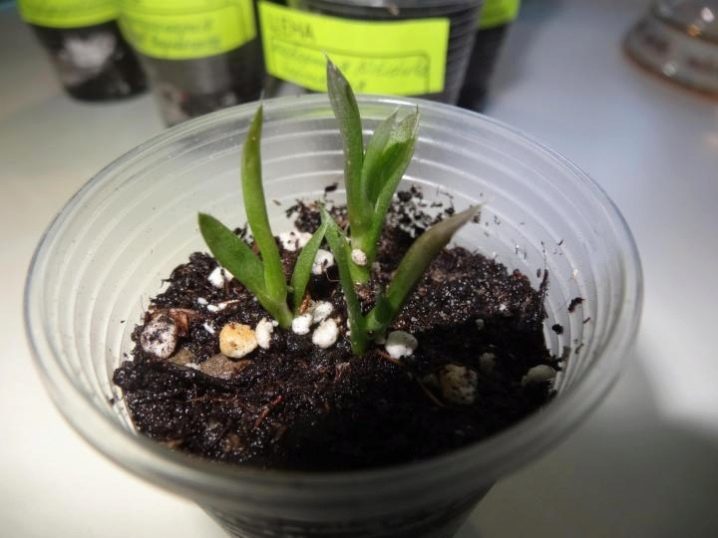
To reproduce a succulent with the help of lateral shoots, it is necessary to cut off the shoot from the root, and place it in some kind of greenhouse - a flat container with a moist substrate. The method of reproduction by children is similar to the previous one - an escape with small roots will easily take root.
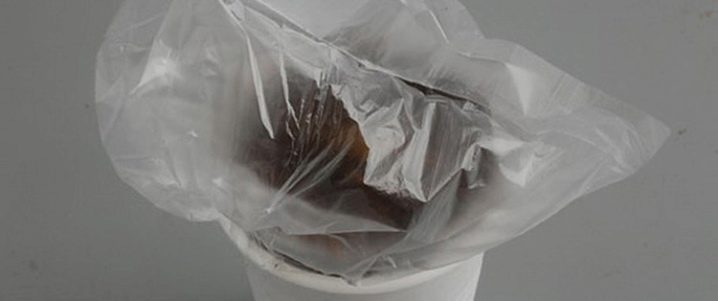
For the option of propagating haworthia with a leaf, you need to cut off the leaf and put it in a warm place for a couple of days. The sheet must definitely dry out. After drying, the leaf must be laid in the sand, covered slightly, providing a greenhouse effect. When the first signs of root formation become noticeable, the trunkat must be transplanted into the soil.
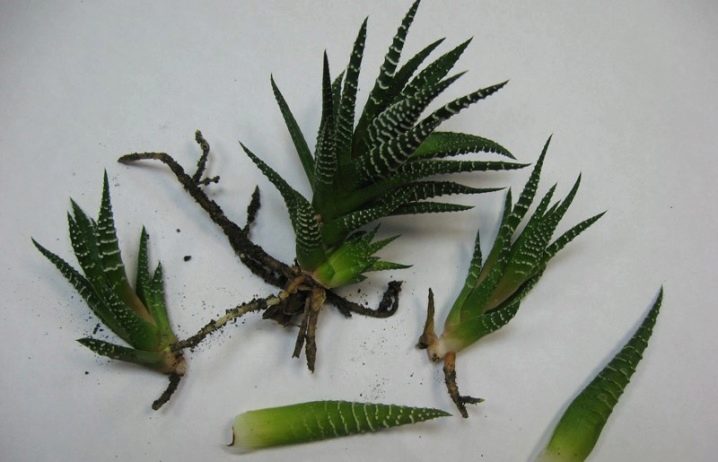
Planting a succulent with seeds is a rather laborious, but quite feasible process. You should start by preparing a special soil - soil for succulents; dolomite flour is also useful. Fill flat containers with the substrate and put the seeds, pressing a little into it. Cover containers with seeds with cling film and place in a dark, warm place until the first shoots appear. As soon as the shoots of Haworthia Cooper's succulent appear, they must certainly be placed in a room with bright or artificial light. Under artificial lighting, trunkata seedlings must have greenhouse conditions. Saplings should be planted very carefully.
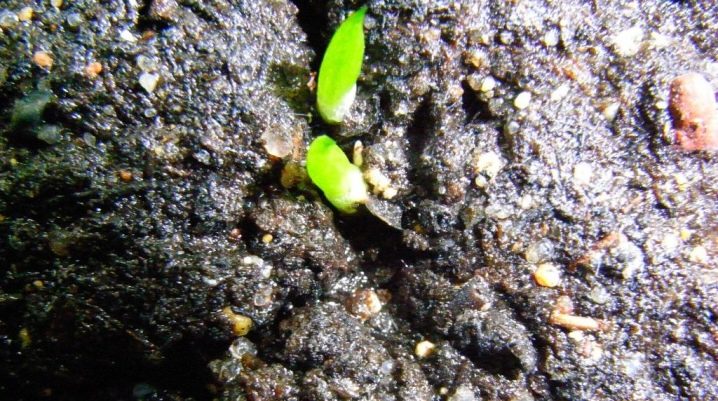
The soil for planting must be dry.
Growing at home
With proper care, the exotic Cooper's Haworthia delights the eye for a long time with its beauty and uniqueness.Subject to simple rules that ensure proper care at home, the plant will attract the enthusiastic glances of not only household members, but also guests. In addition, a thermophilic plant emits positive energy.

In nature, Trunkata does not tolerate the scorching sun, so it prefers to grow in the shade of shrubs or tall grass. Therefore, home care should be as close as possible to the natural environment. A window located on the east or west side will provide the necessary level of illumination for the Cooper's Haworthia, but the window located on the darkened north side, if it does not kill the plant, will definitely deprive the refined trunkata of its attractiveness.
Air temperature and humidity are also extremely important for Haworthia Cooper's succulent. Originally from Africa, the trunkata tolerates dry air well, therefore it is not necessary to spray it. But the temperature should not be too high or low. In summer, Cooper's Haworthia feels great at a temperature of +25 degrees Celsius. In winter, on the contrary, the air temperature cannot exceed +15 degrees, since the trunkata should be in a state of winter dormancy during this period.
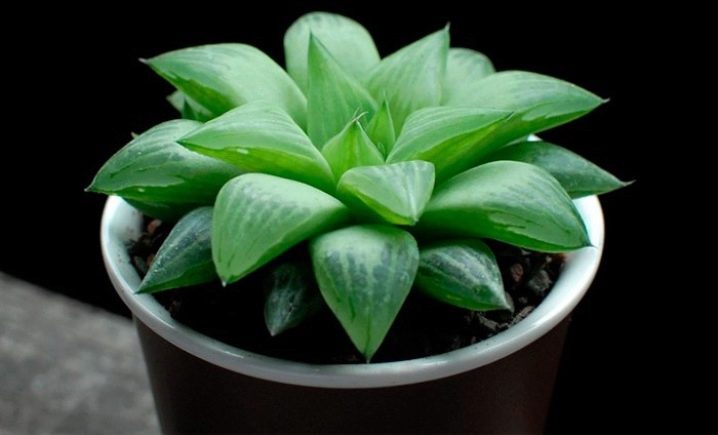
The plant has its own water supply, so Cooper's Haworthia is not afraid of drought, on the contrary, it does not like too wet soil. In summer, watering trunkata is necessary on average once a week, but only if the soil is dry. Water for watering the plant must be defended, the temperature must be room temperature, you can not use water directly from the tap. In winter, during winter dormancy, it is better not to disturb the plant once again, therefore, it is also necessary to water the trunkata rarely and always with cool water (the temperature is not higher than +14 degrees), once a month will be enough.
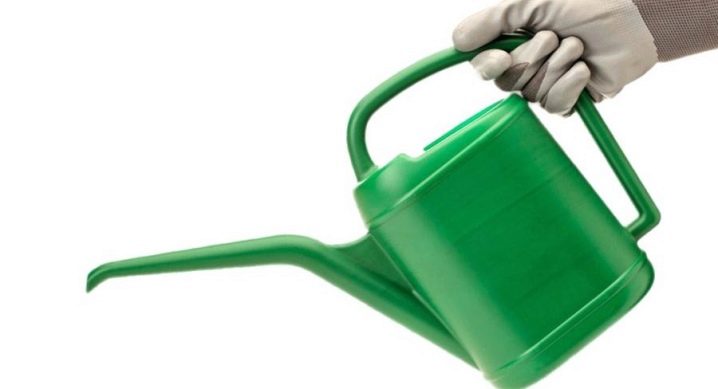
It is not necessary to trim the leaves of the succulent trunkat, but if you really want to give a neat decorative shape, then you need to do it extremely carefully.
If the plant requires feeding, then the haworthia cooper's succulent is well suited for specialized feeding for cacti and succulents, respectively. Homemade feeding that provides home care must necessarily contain phosphorus and potassium. You should not use nitrogen as a top dressing for trunkata, the plant does not tolerate this element well. All feeding should be carried out in the summer.
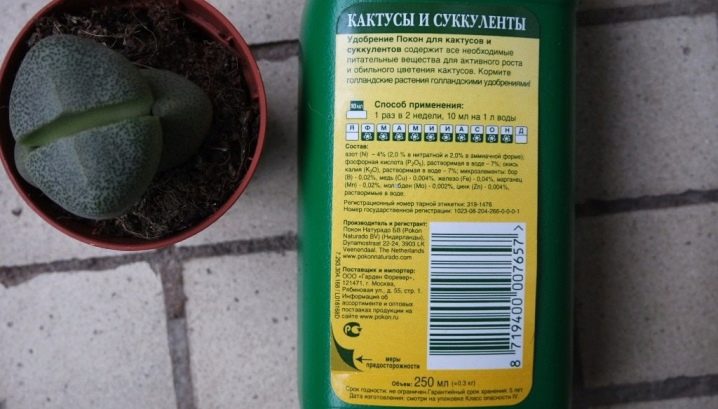
Diseases and pests
Despite its unpretentiousness, cooper's Haworthia can sometimes get sick if not all conditions are met in its environment.
For example, if you do not fertilize the succulent or, conversely, apply an excess of fertilizer, then the leaves of the plant may change color. They will start to rot in low temperature and humidity, and high temperature and dry air will cause foliage to dry and curl. In addition, the leaves will wither if the indoor air is too humid.
Even with the most careful care, the trunkat is not protected from the influence of various pests.
- The scale insect digs into the leaves and stems of the Haworthia cooper succulent, feeding on the sap of the plant. A significant population of the pest can even kill the trunkat.
- The mealybug, aka hairy lice, leaves on the plant a discharge resembling cotton wool, which makes Cooper's haworthia start to hurt and completely stop growth.
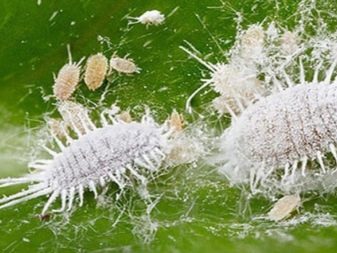
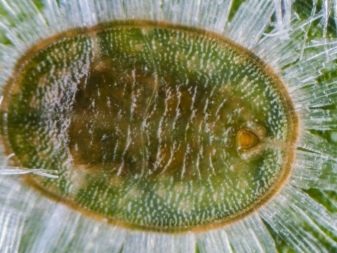
Industrial insecticides are used to control pests. The processing of Haworthia Cooper's succulent is carried out twice, strictly following the instructions. If the pests managed to get into the root system, then you need to remove the plant from the soil, rinse the roots and thoroughly treat it with an insecticide, and then transplant the trunkata into a new pot using fresh soil.
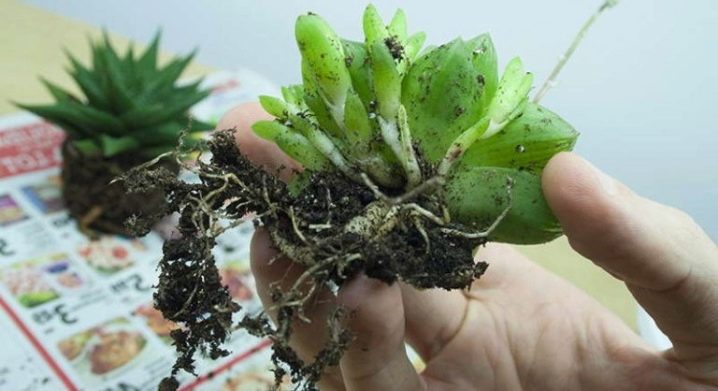
For information on how to transplant Cooper's Hawrotia into a mineral substrate, see the video below.


















































The comment was sent successfully.